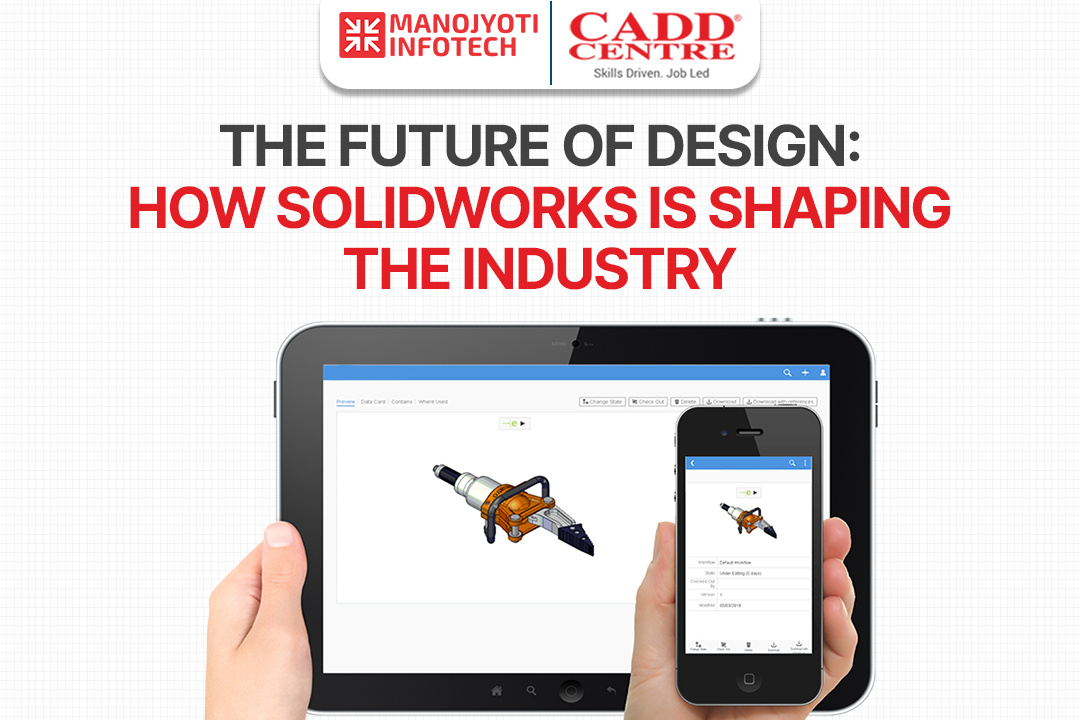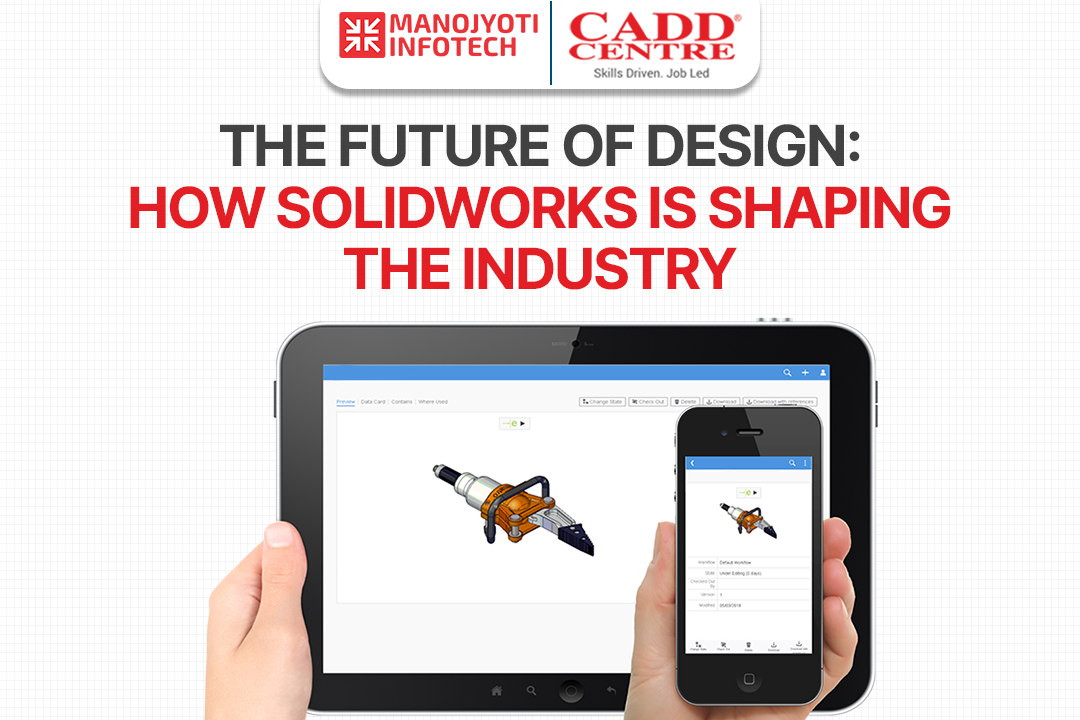Why Hybrid Category Led Application Platform as a Service Market?
Cloud-based services are considered an emerging paradigm for accomplishing end-to-end business transformation as cloud computing revolutionizes how businesses navigate the obstacles of information technology infrastructure.
Application platform as a service (aPaaS) is a type of cloud service that offers customers the hardware, operating systems, network, and storage they need to create new apps or operate their current ones. Application services support both the deployment and development environments.
A new application may be created or launched using the application aPaaS, which frees end users from having to install hardware and software locally.
Application aPaaS has a wide range of benefits. By more than halving project duration, it decreases time to market, improves resource sharing between projects, and enables improved staff productivity by significantly lowering development efforts.
By 2030, the value of the worldwide application platform as a service market is anticipated to reach $22,687.3 million. This is largely attributable to consumers' growing taste for cutting-edge software and the increase in the need for cloud computing. Additionally, aPaaS offers a compromise between enterprise-level apps' cost-effectiveness and customization flexibility.
Due to the significant amount of money that businesses spend on cloud-based services; North America has the biggest share of the platform as a service. Additionally, the industry would be driven by the growing need for IT solutions that offer flexibility, scalability, pay-per-use pricing, and decreased cost and time.
Around the world, there is a rising need for scalability and flexibility in application development. Hardware, databases, operating systems, and other kinds of software are needed for the creation and implementation of on-premise applications.
As a result, businesses may save money by employing aPaaS rather than starting from scratch and investing needlessly in the technical aspects of modifying generic software for application-specific needs. Businesses may save money and time by using the aPaaS software platform, which is designed specifically for the creation of business apps.
In terms of deployment mode, the hybrid category made up the majority of the market. This is largely attributable to organizations' growing use of hybrid clouds to exchange data and applications across various clouds.
The adoption of the hybrid cloud installation method for aPaaS solutions is also growing due to the increased deployment of different cloud services for cost reductions and the growing desire for enhanced efficiency and productivity via centralized cloud governance.
Enterprise-level apps may be customized using aPaaS without sacrificing their cost-effectiveness. Microservices, which allow businesses to install applications at a cheaper cost and in less time, accomplish this.
By offering user-friendly interfaces for various corporate applications, aPaaS may help address issues. Additionally, aPaaS provides a dependable way to keep track of additional backend services, including data storage, computing, and coordination of various business activities inside the firm.
The service segment's implementation & integration has the biggest market share. A key source of income for service providers is the one-time large capital expenditure made when aPaaS solutions are implemented in an organization.
Although cloud-based integration is generally a more affordable option, both the cloud-based and on-premises versions require this initial expenditure.
The most noticeable trend is that customers are choosing more technologically complex software, and software businesses are putting more emphasis on creative solutions to satisfy these needs.
Read More: https://www.psmarketresearch.com/market-analysis/application-platform-as-a-service-market
Cloud-based services are considered an emerging paradigm for accomplishing end-to-end business transformation as cloud computing revolutionizes how businesses navigate the obstacles of information technology infrastructure.
Application platform as a service (aPaaS) is a type of cloud service that offers customers the hardware, operating systems, network, and storage they need to create new apps or operate their current ones. Application services support both the deployment and development environments.
A new application may be created or launched using the application aPaaS, which frees end users from having to install hardware and software locally.
Application aPaaS has a wide range of benefits. By more than halving project duration, it decreases time to market, improves resource sharing between projects, and enables improved staff productivity by significantly lowering development efforts.
By 2030, the value of the worldwide application platform as a service market is anticipated to reach $22,687.3 million. This is largely attributable to consumers' growing taste for cutting-edge software and the increase in the need for cloud computing. Additionally, aPaaS offers a compromise between enterprise-level apps' cost-effectiveness and customization flexibility.
Due to the significant amount of money that businesses spend on cloud-based services; North America has the biggest share of the platform as a service. Additionally, the industry would be driven by the growing need for IT solutions that offer flexibility, scalability, pay-per-use pricing, and decreased cost and time.
Around the world, there is a rising need for scalability and flexibility in application development. Hardware, databases, operating systems, and other kinds of software are needed for the creation and implementation of on-premise applications.
As a result, businesses may save money by employing aPaaS rather than starting from scratch and investing needlessly in the technical aspects of modifying generic software for application-specific needs. Businesses may save money and time by using the aPaaS software platform, which is designed specifically for the creation of business apps.
In terms of deployment mode, the hybrid category made up the majority of the market. This is largely attributable to organizations' growing use of hybrid clouds to exchange data and applications across various clouds.
The adoption of the hybrid cloud installation method for aPaaS solutions is also growing due to the increased deployment of different cloud services for cost reductions and the growing desire for enhanced efficiency and productivity via centralized cloud governance.
Enterprise-level apps may be customized using aPaaS without sacrificing their cost-effectiveness. Microservices, which allow businesses to install applications at a cheaper cost and in less time, accomplish this.
By offering user-friendly interfaces for various corporate applications, aPaaS may help address issues. Additionally, aPaaS provides a dependable way to keep track of additional backend services, including data storage, computing, and coordination of various business activities inside the firm.
The service segment's implementation & integration has the biggest market share. A key source of income for service providers is the one-time large capital expenditure made when aPaaS solutions are implemented in an organization.
Although cloud-based integration is generally a more affordable option, both the cloud-based and on-premises versions require this initial expenditure.
The most noticeable trend is that customers are choosing more technologically complex software, and software businesses are putting more emphasis on creative solutions to satisfy these needs.
Read More: https://www.psmarketresearch.com/market-analysis/application-platform-as-a-service-market
Why Hybrid Category Led Application Platform as a Service Market?
Cloud-based services are considered an emerging paradigm for accomplishing end-to-end business transformation as cloud computing revolutionizes how businesses navigate the obstacles of information technology infrastructure.
Application platform as a service (aPaaS) is a type of cloud service that offers customers the hardware, operating systems, network, and storage they need to create new apps or operate their current ones. Application services support both the deployment and development environments.
A new application may be created or launched using the application aPaaS, which frees end users from having to install hardware and software locally.
Application aPaaS has a wide range of benefits. By more than halving project duration, it decreases time to market, improves resource sharing between projects, and enables improved staff productivity by significantly lowering development efforts.
By 2030, the value of the worldwide application platform as a service market is anticipated to reach $22,687.3 million. This is largely attributable to consumers' growing taste for cutting-edge software and the increase in the need for cloud computing. Additionally, aPaaS offers a compromise between enterprise-level apps' cost-effectiveness and customization flexibility.
Due to the significant amount of money that businesses spend on cloud-based services; North America has the biggest share of the platform as a service. Additionally, the industry would be driven by the growing need for IT solutions that offer flexibility, scalability, pay-per-use pricing, and decreased cost and time.
Around the world, there is a rising need for scalability and flexibility in application development. Hardware, databases, operating systems, and other kinds of software are needed for the creation and implementation of on-premise applications.
As a result, businesses may save money by employing aPaaS rather than starting from scratch and investing needlessly in the technical aspects of modifying generic software for application-specific needs. Businesses may save money and time by using the aPaaS software platform, which is designed specifically for the creation of business apps.
In terms of deployment mode, the hybrid category made up the majority of the market. This is largely attributable to organizations' growing use of hybrid clouds to exchange data and applications across various clouds.
The adoption of the hybrid cloud installation method for aPaaS solutions is also growing due to the increased deployment of different cloud services for cost reductions and the growing desire for enhanced efficiency and productivity via centralized cloud governance.
Enterprise-level apps may be customized using aPaaS without sacrificing their cost-effectiveness. Microservices, which allow businesses to install applications at a cheaper cost and in less time, accomplish this.
By offering user-friendly interfaces for various corporate applications, aPaaS may help address issues. Additionally, aPaaS provides a dependable way to keep track of additional backend services, including data storage, computing, and coordination of various business activities inside the firm.
The service segment's implementation & integration has the biggest market share. A key source of income for service providers is the one-time large capital expenditure made when aPaaS solutions are implemented in an organization.
Although cloud-based integration is generally a more affordable option, both the cloud-based and on-premises versions require this initial expenditure.
The most noticeable trend is that customers are choosing more technologically complex software, and software businesses are putting more emphasis on creative solutions to satisfy these needs.
Read More: https://www.psmarketresearch.com/market-analysis/application-platform-as-a-service-market
0 Commenti
0 condivisioni



